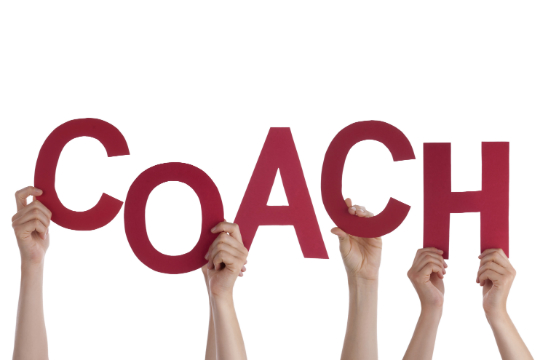The latest in Tim Hawkes’s occasional but exhaustive series exploring the various coaching models in use looks at the ACHIEVE model.
Assessment: The first step is to assess the current situation. In order to get to where you want to be it’s important to know where you currently stand, and further what’s not working for you where you are. The spotlight here is on starting from where you are now. However, while the here and now is the point from which you start, and it’s important to understand why a journey from your current situation is necessary and to establish this we need to explore what brought you here, including your own behaviours.
An additional benefit of this stage is that it will give the coach an insight into the context in which the client operates.
Creative brainstorming of alternatives: This phase explores possibilities. What might change the current situation? While it can often happen that clients are ‘stuck’ in a particular situation and might be unable to see any viable alternatives, creative thinking regarding what the client wants to achieve can often bring to light possible actions that might allow them to reach their goals.
Hone goals: Generating alternatives to the situation will give the client a clearer sense of what they want to achieve. The next step is to refine these goals – either specifically to match the SMART framework or using any other means by which the goal can be crystallised.
Initiation and evaluation of options: Once a clear goal has been established and the options regarding how to reach it have been defined it’s time to evaluate the best – or most viable – option to take. At this point it’s important not to simply head for the most obvious or easiest course, but to explore all the options and sift them to find the most effective.
Valid action plan: We have now almost completed the ‘what’ stage of the intervention, so now it’s time to move onto the ‘how phase. Drawing up a concrete and practical action plan breaks down what may seem to the client a huge change into manageable chunks and more easily achieved steps.
Encourage momentum: Throughout the process the coach is there to keep the client on track; to maintain enthusiasm and to generate a positive attitude to change. This takes place between each session as well as at the end of each session.
This model draws heavily on popular business practice and is therefore especially suited to those clients who embrace process and order in their professional and personal lives. It might prove less fruitful with clients who are less organised in their thinking or who value creativity over efficiency.
Dembkowski & Eldridge
©The Coaching & Communication Centre 2002-2008
http://www.coachingandcommunication.com/The_Achieve_Coaching_Model
Tim Hawkes is managing director of Unlimited Potential
The latest in Tim Hawkes's occasional but exhaustive series exploring the various coaching models in use looks at the ACHIEVE model.
Assessment: The first step is to assess the current situation. In order to get to where you want to be it’s important to know where you currently stand, and further what’s not working for you where you are. The spotlight here is on starting from where you are now. However, while the here and now is the point from which you start, and it’s important to understand why a journey from your current situation is necessary and to establish this we need to explore what brought you here, including your own behaviours.
An additional benefit of this stage is that it will give the coach an insight into the context in which the client operates.
Creative brainstorming of alternatives: This phase explores possibilities. What might change the current situation? While it can often happen that clients are ‘stuck’ in a particular situation and might be unable to see any viable alternatives, creative thinking regarding what the client wants to achieve can often bring to light possible actions that might allow them to reach their goals.
Hone goals: Generating alternatives to the situation will give the client a clearer sense of what they want to achieve. The next step is to refine these goals – either specifically to match the SMART framework or using any other means by which the goal can be crystallised.
Initiation and evaluation of options: Once a clear goal has been established and the options regarding how to reach it have been defined it’s time to evaluate the best – or most viable – option to take. At this point it’s important not to simply head for the most obvious or easiest course, but to explore all the options and sift them to find the most effective.
Valid action plan: We have now almost completed the ‘what’ stage of the intervention, so now it’s time to move onto the ‘how phase. Drawing up a concrete and practical action plan breaks down what may seem to the client a huge change into manageable chunks and more easily achieved steps.
Encourage momentum: Throughout the process the coach is there to keep the client on track; to maintain enthusiasm and to generate a positive attitude to change. This takes place between each session as well as at the end of each session.
This model draws heavily on popular business practice and is therefore especially suited to those clients who embrace process and order in their professional and personal lives. It might prove less fruitful with clients who are less organised in their thinking or who value creativity over efficiency.
Dembkowski & Eldridge
©The Coaching & Communication Centre 2002-2008
http://www.coachingandcommunication.com/The_Achieve_Coaching_Model
Tim Hawkes is managing director of Unlimited Potential







